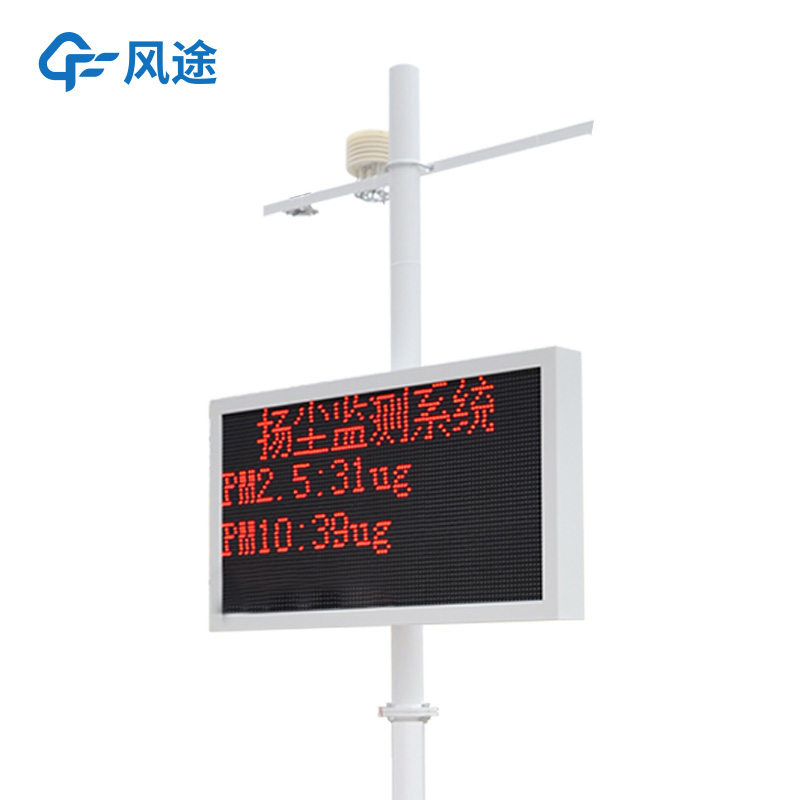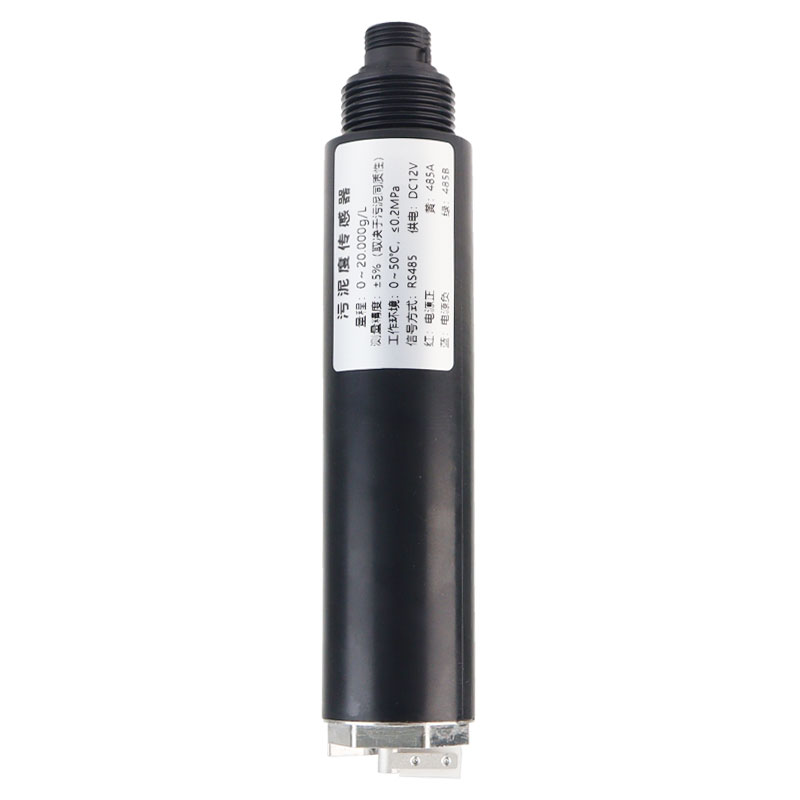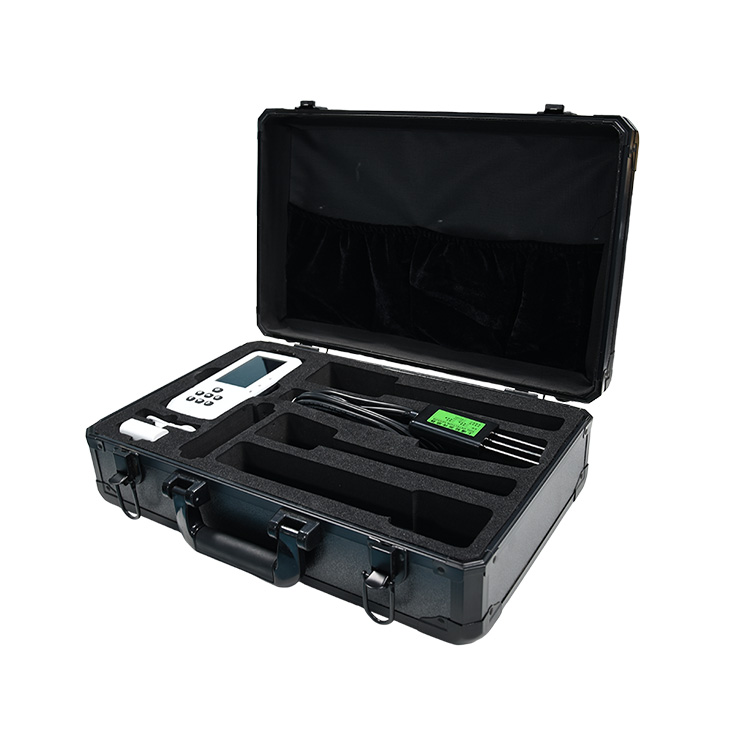A dust detector is an environmental monitoring device used for the real-time monitoring of airborne particulate matter concentration. It is primarily deployed in open or semi-open spaces prone to dust generation, such as construction sites, roadwork zones, mining areas, and ports. By integrating various sensors and communication technologies, the system enables continuous, automated monitoring of dust pollution sources, providing crucial data support for environmental management.
The hardware core of the system is the particulate matter sensor, which typically operates on the principle of laser scattering. Air is pumped into a detection chamber where particles cause scattered light under laser illumination. A photodetector receives this scattered light signal, converts it into an electrical signal, and, through algorithmic processing, calculates the concentration values of key parameters like PM2.5 and PM10. Beyond the main detection unit, the system often integrates meteorological sensors for temperature, humidity, wind speed, and wind direction. These auxiliary parameters aid in analyzing dust dispersion patterns. The equipment housing is designed to be weatherproof and dustproof, ensuring suitability for long-term outdoor operation.
The data acquisition and transmission system is responsible for converting sensor measurements into digital signals. A microprocessor performs pre-processing steps like temperature compensation and linear correction on the raw data. Subsequently, the data is transmitted in real-time to a monitoring platform via communication modules such as 4G/5G, LoRa, or Ethernet. Some devices support local data storage, automatically caching data during network outages and performing data backfilling once the connection is restored, thereby ensuring data integrity.
The monitoring and management platform serves as the central hub of the system, featuring multiple functionalities. Its data display module visualizes monitoring data using trend charts, bar graphs, and other formats. The alarm management module allows users to set concentration thresholds, triggering multi-level alerts via SMS, email, etc., when levels are exceeded. The data reporting module supports the generation of statistical analysis reports on a daily, weekly, or monthly basis, catering to diverse management needs. Platforms typically adopt a B/S (Browser/Server) architecture, allowing users remote access via a web browser. Some systems also offer companion mobile apps, enabling monitoring anytime, anywhere.
Regulatory authorities can use the real-time monitoring data to accurately grasp the status of dust pollution, providing evidence for law enforcement. Construction companies can utilize the system to promptly identify pollution issues, implement dust suppression measures, and achieve green construction. Furthermore, the system's data can be interfaced with dust suppression equipment like mist cannons and spray systems, enabling automatic activation when concentration thresholds are exceeded, thus forming a closed-loop control system.

This paper addresses:https://www.fengtusz.com/industry/876.html









